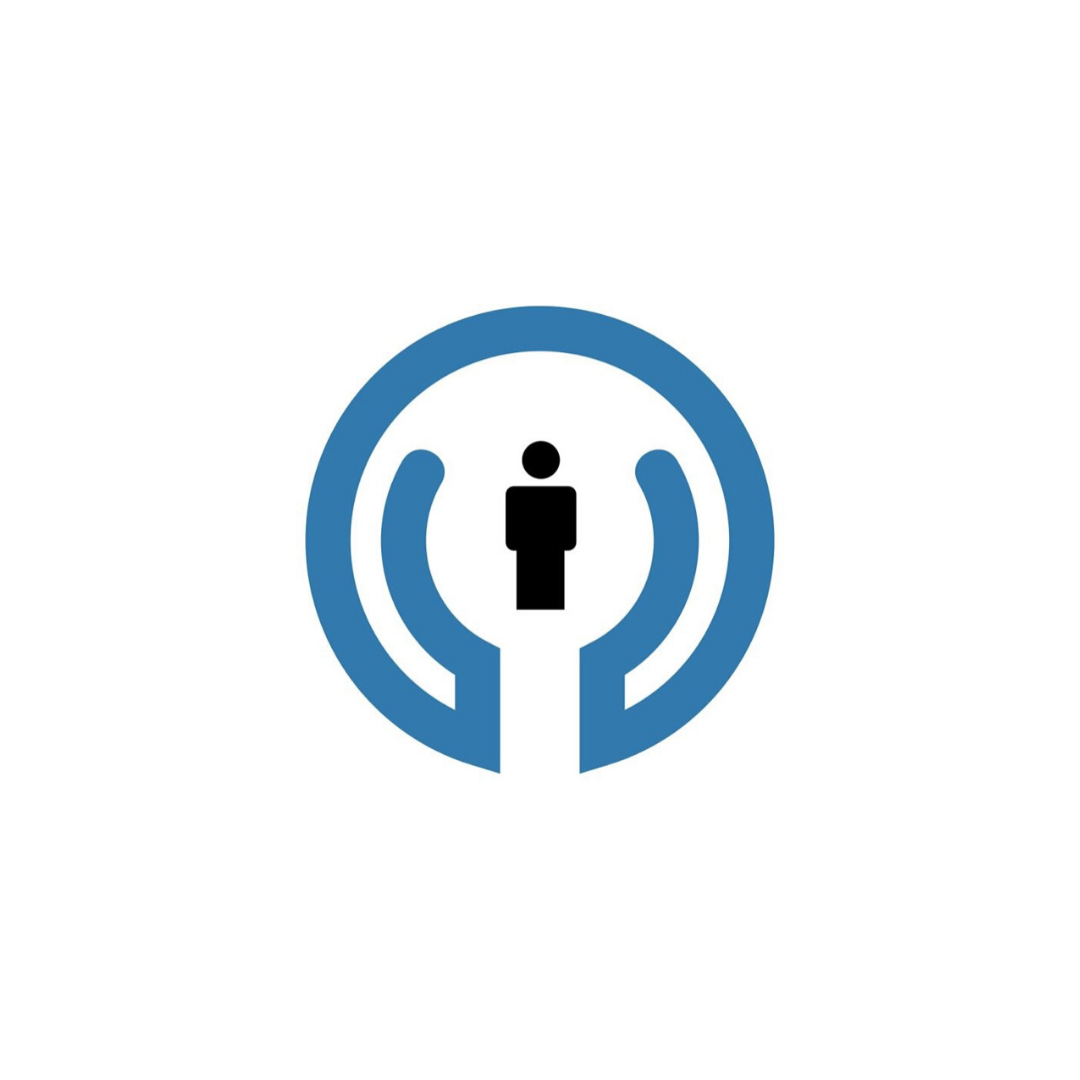How and Why Independent Physicians Are Less Expensive Than Hospital Based Cancer Care
In February 2020, Health Affairs Journal released data compiled by the Health Care Cost Institute detailing that hospital prices grew higher during the seven year period between 2007-2014. The increase for prices of independent physicians during that same period rose at approximately a quarter of the same rate. The difference was significant – a 25% increase in hospital costs versus a 6% increase for independent healthcare providers.
On the surface, this may seem like something that would not directly impact patients, who might assume that higher prices would be absorbed by insurance companies or government programs like Medicare or Medicaid, but ultimately, those hospital cost increases do find their way to patients.
In an interview in the Journal of Clinical Pathways, Dr. Lucio Gordan identified how that happens, specific to a study of 6,000 cancer patients being treated for breast cancer, lung cancer, and colorectal cancer. One is that the cost of chemotherapies sold to hospitals has a markup of at least 100%, and sometimes as high as 150%. Secondly, the hospital-based doctors that provide that chemotherapy charge roughly four to five times the cost of oncologists who practice independently.
Another factor that Dr. Gordon identified is that cancer patients who were treated in a community setting are 28% less likely to seek or require emergency room visits within the first 72 hours of cancer treatment being provided, and 20% less likely to visit an emergency room within ten days of treatment. Those are numbers, both in time and cost, that greatly impact the patient directly.
Srilata Gundala, MD, a hematologist/oncologist and founder of Hope & Healing Care in Hinsdale and Lombard, Illinois, has seen this first hand. “My patients come to Hope & Healing Care for a reason – we provide excellent cancer care in a personal setting where patient needs are met and attended to by staff who know them and are tracking both their treatment and progress, ideally before the need for an ER visit occurs. Being treated in a larger hospital-based system can contribute to greater expense and a less personal experience for a patient during a very vulnerable time.”
All these expenses add up. Specialty drugs, like chemotherapy, can be administered in a physician’s office for anywhere from 33-52% of the cost if that same drug were administered in a hospital setting. That equals anywhere from $16,000 – $37,000. If those figures are applied to the approximately 180,000 patients treated in outpatient settings every year, that equals a whopping four billion dollars of annual savings. (Figures provided by UnitedHealth Group.)
Choosing which doctor will provide cancer treatment is a very personal decision, often made in a moment of crisis, but one thing newly diagnosed patients should consider is where that treatment will occur and how the setting they choose may impact their care. Knowing about hidden costs and risks ahead of time may save both time and money – two things cancer patients, like everyone else, want to preserve.
Written By: Sheila Quirke, MSW
Reviewed By: Srilata Gundala, MD
